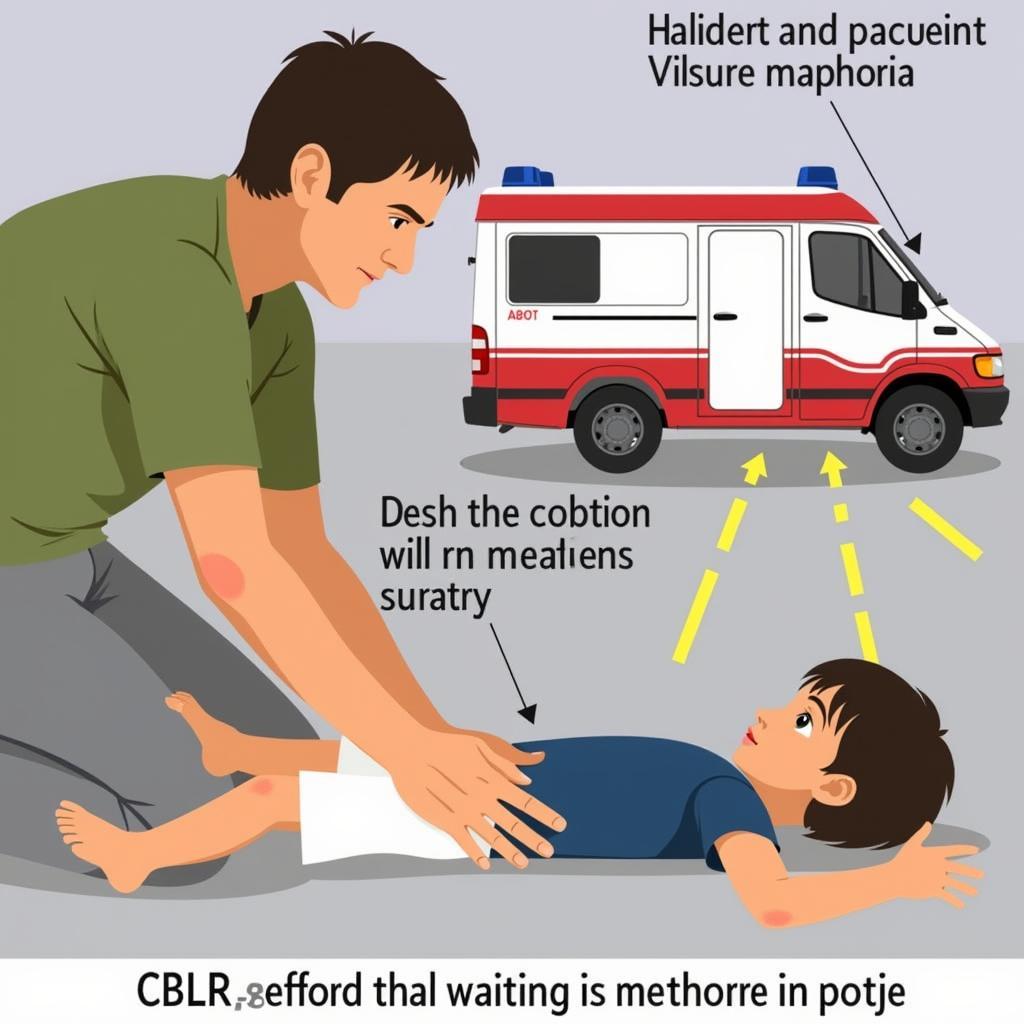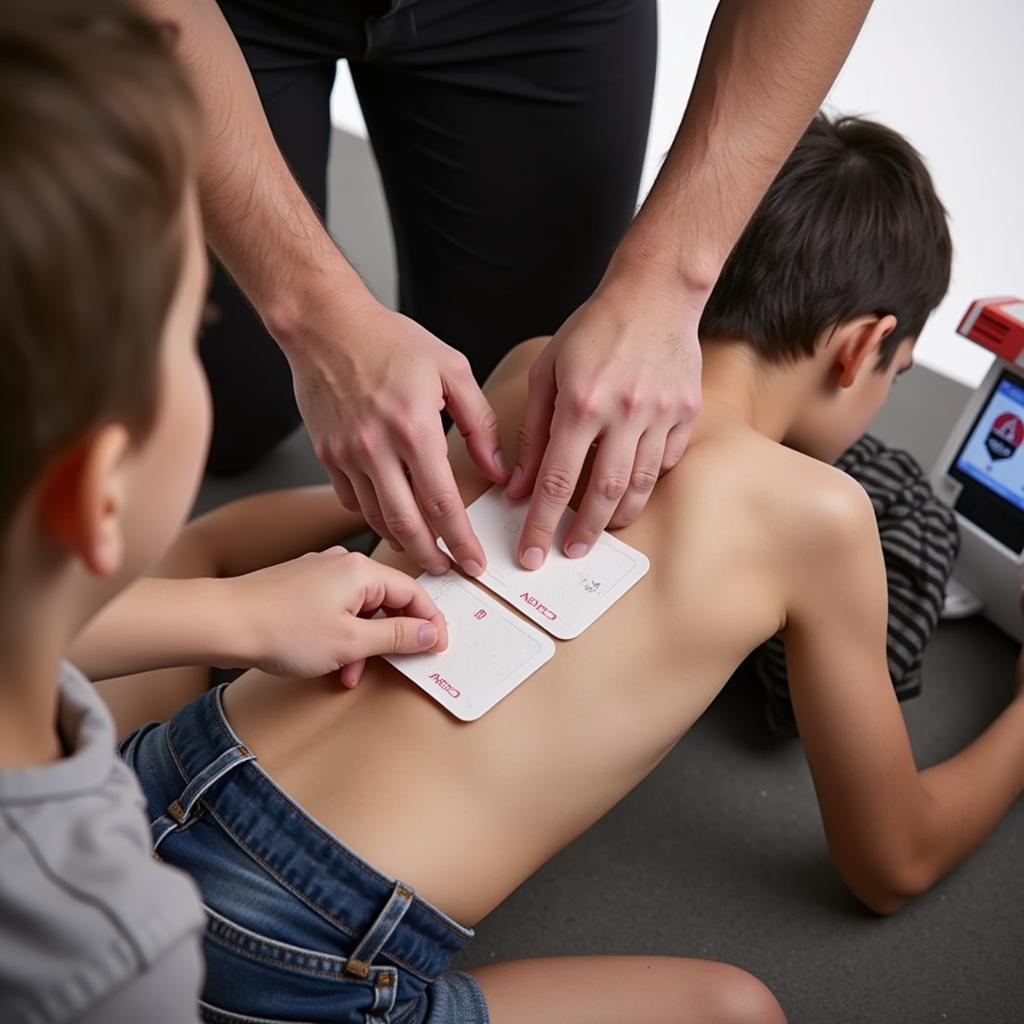The pediatric out-of-hospital chain of survival refers to a series of actions that, when performed in a timely and effective manner, can significantly improve the chances of survival for a child experiencing a life-threatening medical emergency, such as cardiac arrest, respiratory arrest, or choking. These six steps are crucial for bystanders, first responders, and healthcare providers to understand and follow.
Understanding the 6 Steps of the Pediatric Out-of-Hospital Chain of Survival
-
Prevention: This first step emphasizes the importance of preventing emergencies whenever possible. This includes being aware of potential hazards in the home and taking steps to mitigate them, such as installing safety gates and storing medications out of reach of children. Educating yourself and your family about basic first aid and CPR techniques can also be life-saving in an emergency situation.
-
Early Recognition and Call for Help: Time is of the essence in any medical emergency. Recognizing the signs and symptoms of a life-threatening condition in a child is paramount. Look for unresponsiveness, difficulty breathing, changes in skin color (blue or pale), or lack of a pulse. Immediately call emergency services or designate someone to make the call while you begin providing care.
-
Early CPR: CPR, or cardiopulmonary resuscitation, is a critical life-saving technique that helps to circulate oxygenated blood to the brain and vital organs when a child’s heart has stopped beating. Knowing how to perform age-appropriate CPR, including chest compressions and rescue breaths, can significantly improve the child’s chances of survival until medical professionals arrive.
 Early CPR for Children
Early CPR for Children -
Early Defibrillation: Defibrillation is the use of an electrical shock to restore a normal heart rhythm in the event of a sudden cardiac arrest. Automated external defibrillators (AEDs) are portable devices available in many public places and are designed to be used by bystanders with minimal training. Early defibrillation is crucial in cases of ventricular fibrillation, a life-threatening heart rhythm disturbance, and can dramatically improve survival rates.
 Using an AED on a Child
Using an AED on a Child -
Early Advanced Life Support: Once emergency medical services (EMS) arrive, the focus shifts to providing advanced life support. This includes administering oxygen, establishing intravenous access for medications, and using specialized equipment to manage the child’s airway and breathing. Early and coordinated advanced life support is critical for stabilizing the child’s condition and transporting them to a hospital.
-
Integrated Post-Cardiac Arrest Care: The final link in the chain of survival involves comprehensive care after the child’s heart has been restarted or their condition has been stabilized. This includes ongoing monitoring, treatment of any underlying medical conditions that may have contributed to the emergency, and rehabilitation to help the child regain lost function and improve their quality of life.
Why is the Pediatric Out-of-Hospital Chain of Survival Important?
The pediatric out-of-hospital chain of survival is a powerful reminder that everyone has a role to play in saving a child’s life during a medical emergency. By understanding and acting upon these six steps, bystanders can make a real difference in the outcome for a child experiencing a life-threatening event.
FAQs About Pediatric Out-of-Hospital Chain of Survival:
1. What should I do if I see a child who is unresponsive?
Answer: First, check for danger and ensure the scene is safe. Then, check the child’s responsiveness by gently tapping their shoulder and shouting their name. If there’s no response, immediately call for help and begin CPR if trained.
2. Where can I learn CPR?
Answer: Many organizations offer CPR training courses, including the American Heart Association and the American Red Cross. Look for classes in your local area.
3. What is the difference between adult and pediatric CPR?
Answer: Pediatric CPR techniques are modified to accommodate the smaller size and physiology of a child. It’s essential to learn the correct techniques for different age groups.
Related Resources
For more information on pediatric out-of-hospital chain of survival, you can visit our page on pediatric out of hospital chain of survival steps. You may also find our article on the in hospital cardiac chain of survival helpful.
Need Help? Contact Us Today!
Every second counts in an emergency. If you require immediate assistance, please contact us at 02437655121 or email us at [email protected]. You can also visit us at our location at Số 298 Đ. Cầu Diễn, Minh Khai, Bắc Từ Liêm, Hà Nội, Việt Nam. Our dedicated team is available 24/7 to provide support and guidance.